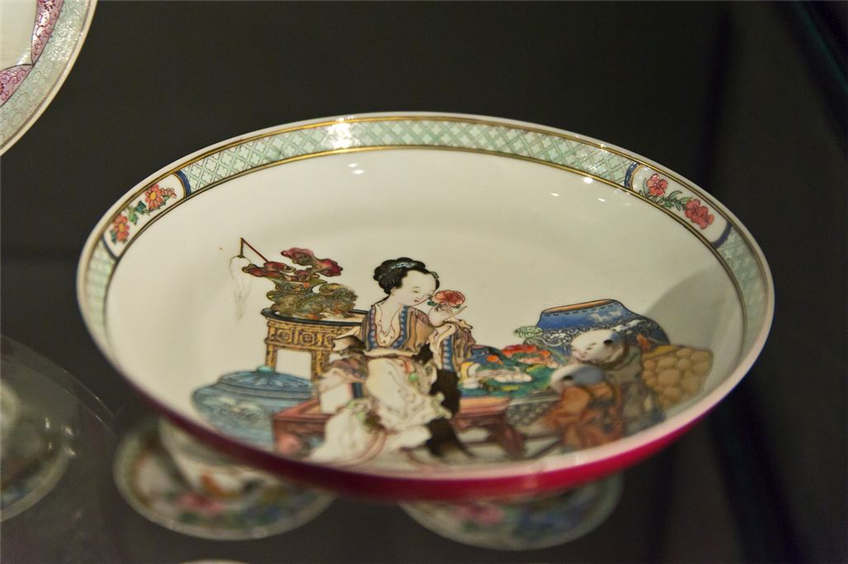Chinese Porcelain
Porcelain was first discovered in China and could date back to 16 century BC in Shang and Zhou Dynasty. Traditionally, there are two primary categories of ceramic, high-fired as cí and low-fired as táo in Chinese.

Chinese pottery and porcelain went abroad as early as in the Han Dynasty, and was exported in large quantities by the late Tang Dynasty. From North China the wares went westward along the famous "Silk Road"; from the south they were shipped by sea to neighboring Asian countries then to North Africa and Mediterranean countries. Not until the 15th century did they reach Europe.
Usually, porcelain is different from pottery. Pottery is porous and opaque, while porcelain is non-porous, translucent. When they were struck, pottery, gives a dull sound, while porcelain a metallic sound. And porcelain is smooth-surfaced, finer, harder, and closer-knit in texture. Concerning the firing temperature, firing porcelain is at least 1,200 degrees Celsius higher than do pottery.
During the initial stage, porcelain is usually used for daily household items like bowls. Then since Han Dynasty, porcelain industry was beginning to develop. Jingdezhen, in Jiangxi Province, was the center of porcelain production in China during the Ming and Qing dynasties. Its kilns have contributed much to the perfection of porcelain. Nowadays its production concentrates on mainly six provinces in China: Jiangxi, Hunan, Guangdong, Jiangsu, Hebei and Shandong. Each of them boasts their own unique style.